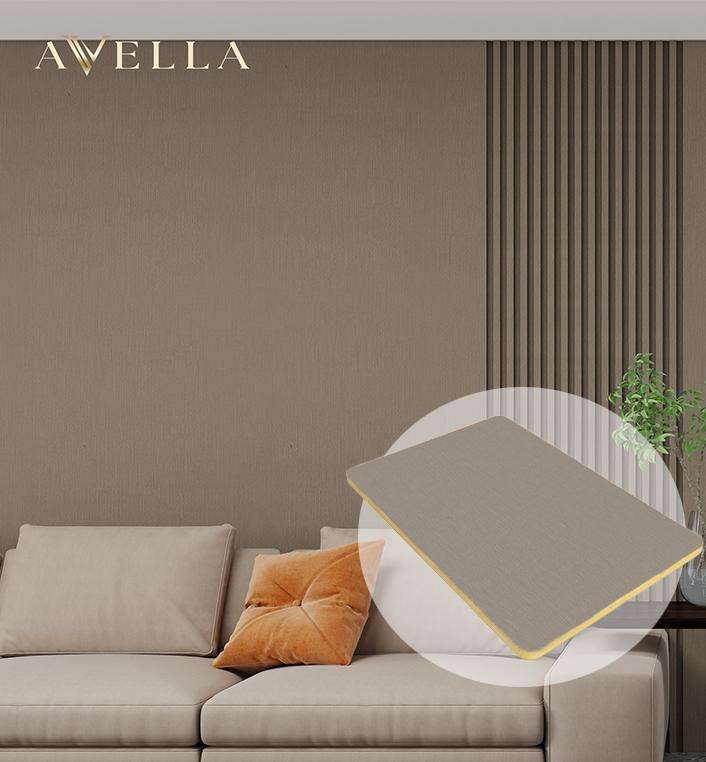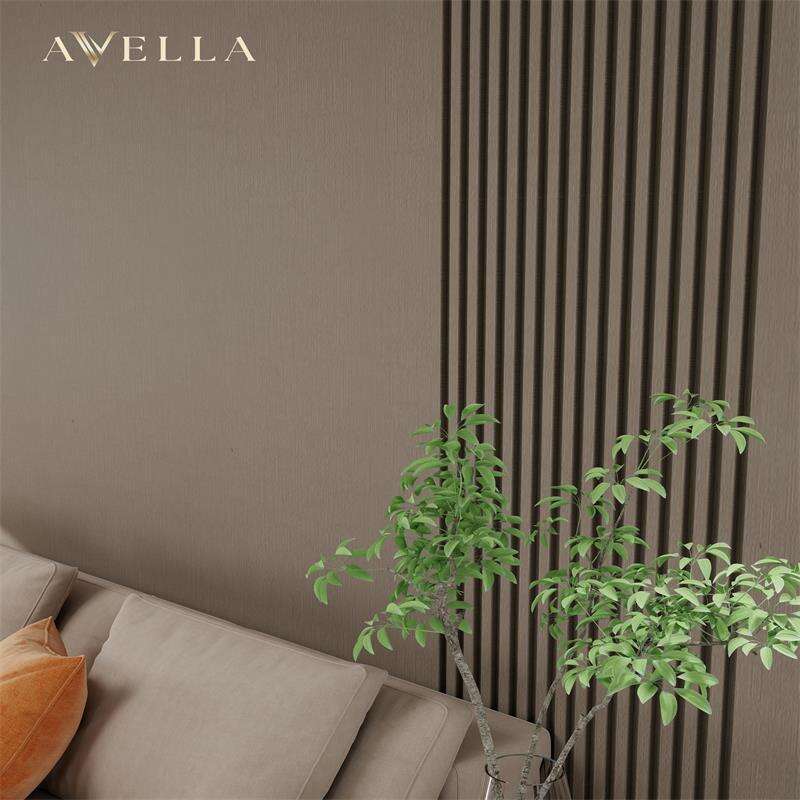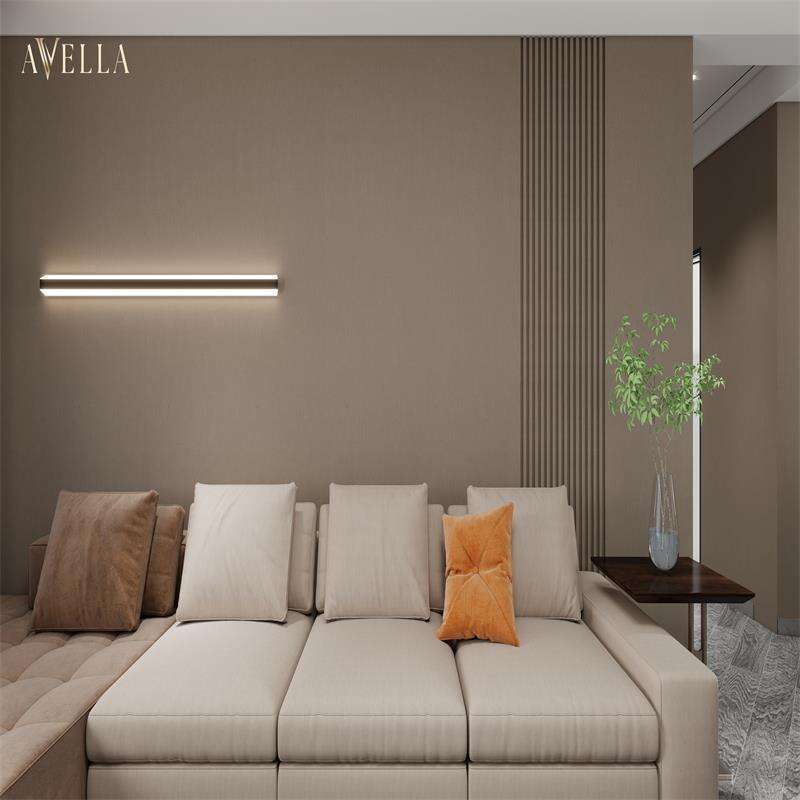wpc panel
WPC (Wood Plastic Composite) panels represent a revolutionary advancement in building materials, combining the natural aesthetics of wood with the durability of modern polymers. These innovative panels are manufactured through a sophisticated process that blends wood fibers with high-quality thermoplastic materials, creating a composite that offers superior performance characteristics. The panels feature a unique molecular structure that provides exceptional resistance to moisture, UV radiation, and environmental degradation. They are engineered with precision to maintain dimensional stability across varying weather conditions, making them ideal for both interior and exterior applications. The manufacturing process incorporates advanced compression technology that results in a dense, uniform material with consistent quality throughout. WPC panels come in various thicknesses and sizes, accommodating different construction requirements and design preferences. They can be customized with different surface textures and colors, offering versatility in architectural applications. The panels innovative composition allows for easy installation using conventional woodworking tools, while requiring minimal maintenance throughout their lifetime. These panels are particularly valued in outdoor construction projects where traditional materials might suffer from weathering or decay.


